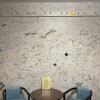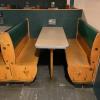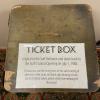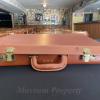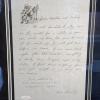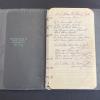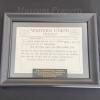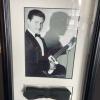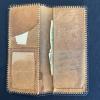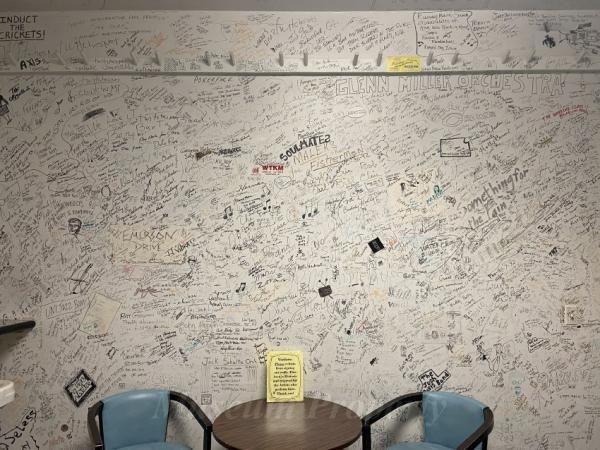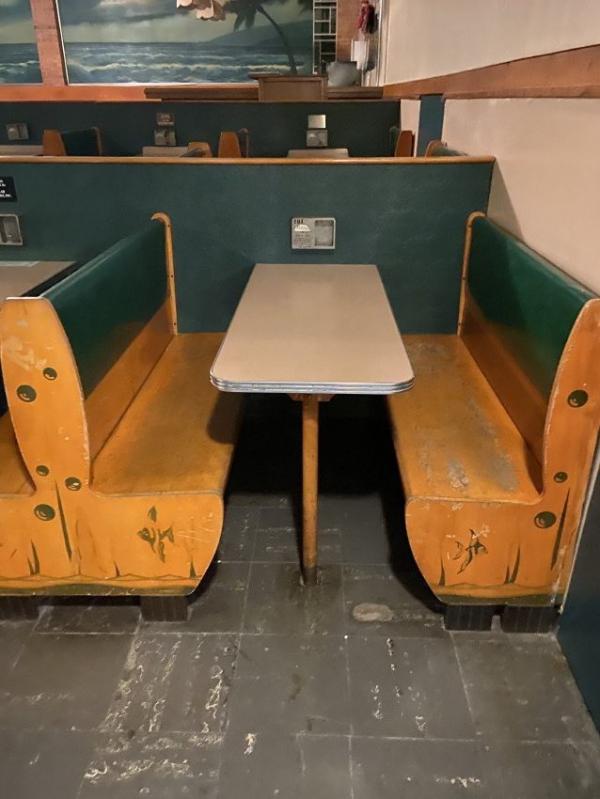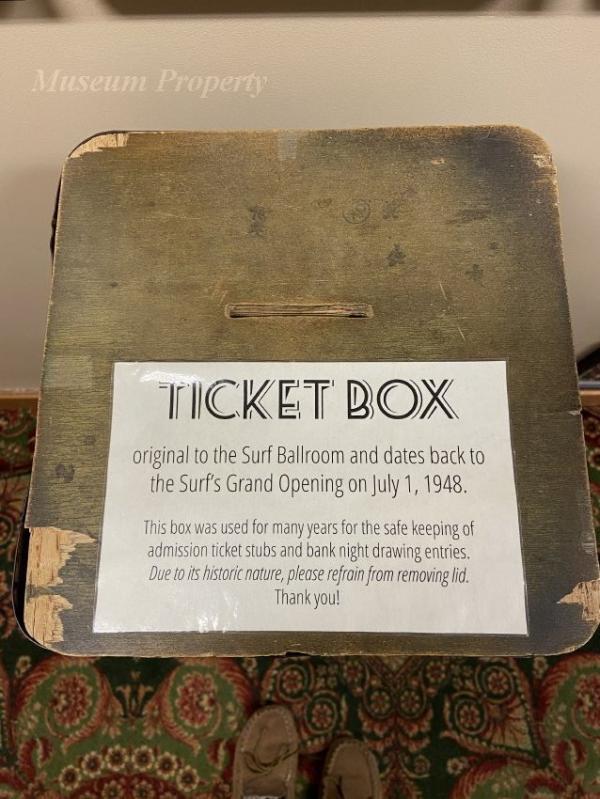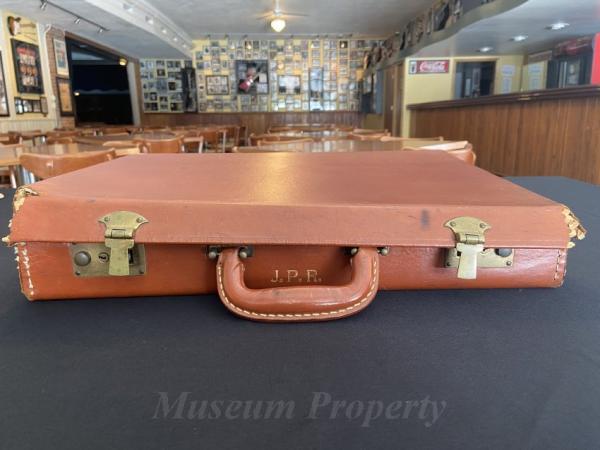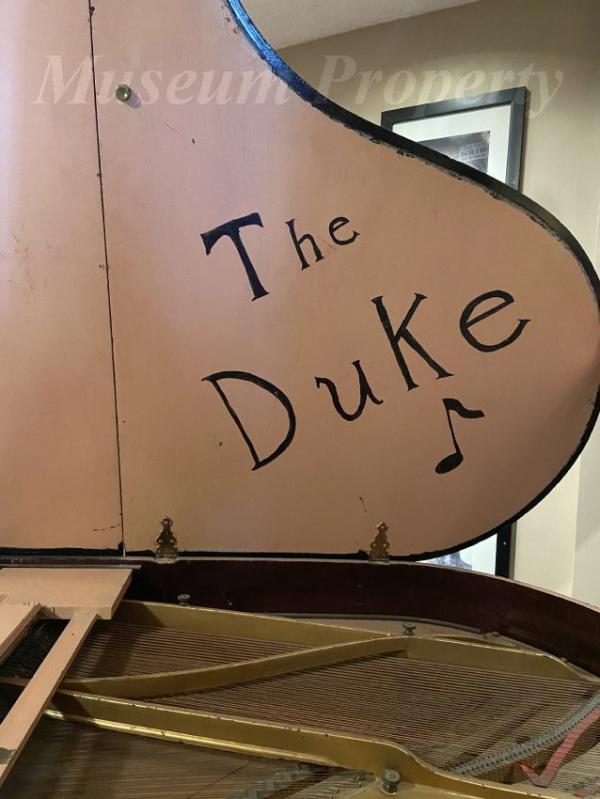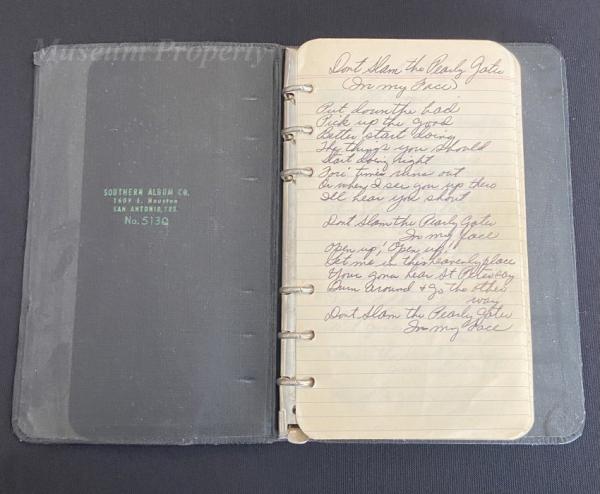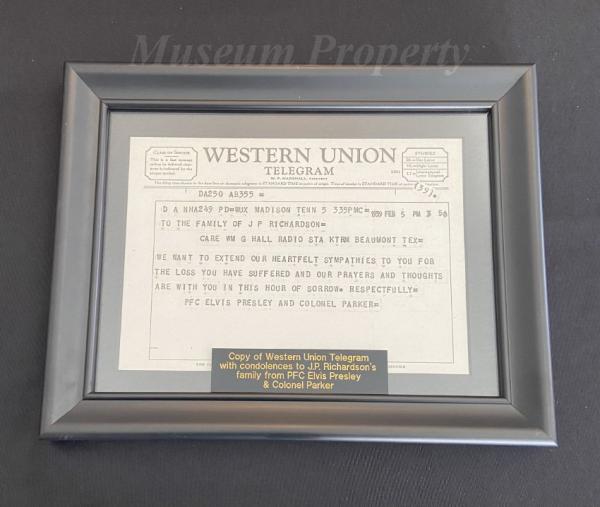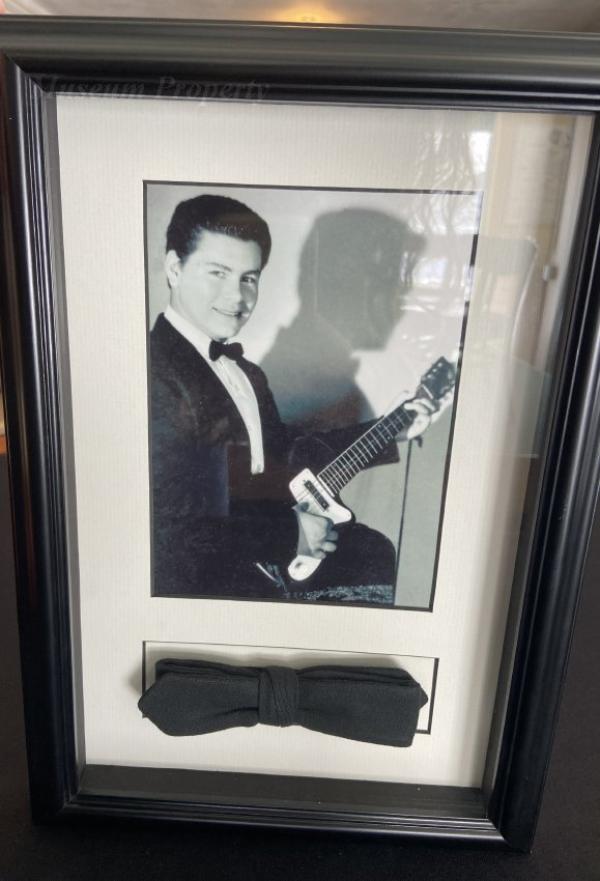| Step | Procedure | Time | Differentiation plan / Additional Information |
|---|
| 1 | Begin by creating a KWL chart with your students. The K section is what students already KNOW about the Surf and early Rock n' Roll. The W section is what students WANT to know. Finally, the L represents what student's LEARNED about the Surf and early Rock n' Roll. This section is to be completed after the lesson and/or after a visit to the Surf Ballroom & Museum. Note: This activity can be completed individually, in small groups or as a class. | 5min | A KWL chart is a chart with three columns, one for each letter. | | 2 | Use the following questions for class discussion about culture: - What is culture? Allow students to share their ideas about this word before giving them the following definition.
Culture: The totality of socially transmitted behavior patterns, arts, beliefs institutions, and all other products of human work and thought typical of a population or a community at a given time. (Webster's II). - What are things that define a culture? *Possible answers: food, language, dialect, religion, beliefs.
- Do you think the neighborhood or community where you live as a distinct culture? Explain
- Does the music to which a person listens reflect his or her culture? (Yes) How? *Music, like other art forms, reflect the lives of people within a particular community, population, or group.
| 4min | | | 3 | Use the following questions for class discussion about early Rock n' Roll: - When did Rock n' Roll music begin? (1940's and 50's)
- What do you think life was like in the 40's and 50's?
- What types of music came before and shaped Rock n' Roll?
- Where did Rock n' Roll start? (Reference the map of the US to point out cities like Chicago, Cleveland, Detroit, New York, and Memphis)
| 3min | | | 4 | Inventions: Discuss items and technology that were invented during the 1940's and 50's. Discuss how these inventions influenced culture:
Drive through restaurants, TV, Colored TV, Telephone, Bar Code Technology, The Transistor Radio (first portable music player), the Record Player, Jukebox, TV Dinners, etc. Can you think of anything else that was invented in the 1940's and 50's? Can you name something that's been invented in our lifetime? | 4min | | | 5 | Distribute the activity sheet: 1950's Slang.
This worksheet can be completed individually or as a class. | 5min | | | 6 | Share the following with students: Rock n' Roll music is unique in that it is comprised of a variety of musical genres. The sounds you are about to listen to are each from a different musical genre, and were the inspiration for the Rock n' Roll sound we know and love today. | 1min | | | 7 | Distribute the Activity Sheet: Music That Inspired Rock n' Roll. This worksheet can be completed individually or as a class. (Music can be found on Rock 101 PowerPoint. Reference the Musical Excerpt sheet for more information.) - Listen to the four songs, one from each genre: Blues, Country, Gospel and Jazz (song examples on Musical Excerpts Page)
- As you listen, make notes
- After, compare, discuss and debate with your group or class
| 15min | | | 8 | Share the following with students: Before Rock n' Roll was all the rage, the music scene was dominated with the sounds of Big Band. What is Big Band? - A large group of musicians playing jazz or dance music.
Dozens of world famous Big Band musicians made regular stops in Clear Lake to the Surf Ballroom. The world famous pianist Duke Ellington was trapped at the surf during a blizzard and signed our piano. Play: Jumpin' Jive YouTube Video.
https://www.youtube.com/watch?v=_8yGGtVKrD8 | 5min. | | | 9 | Share the following with students: There were three important inventions during this era that shaped the sound of music. - The Shure Unidyne 55's Microphone (known as the "Elvis Mic")
- The Electric Bass Guitar (invented by Leo Fender)
- The Transistor Radio (The first hand-held radio which made Rock n' Roll available to the masses.
Discuss: Can you think of an invention that has shaped the way we listen to music today? | 2min | | | 10 | That Rock n' Roll Sound: Rock n' Roll consisted for 4-5 main instruments: electric guitar, bass, drums, and sometimes piano or saxophone. | 1min | | | 11 | Share the following with students: The original Surf Ballroom was built in 1933 on the shores of Clear Lake, which is directly across the street from where the Surf stands today. The building featured a roof-top garden and was built in an art deco style that was popular in the in 1920's and 30's. Art Deco: The predominant decorative art style of the 1920s and 1930s, characterized by precise and boldly delineated geometric shapes and strong colors, and used most notably in household objects and architecture. The original Surf Ballroom burned down in 1947 and after some debate, it was decided that the new Surf would be built across the street in what was at the time, the over-flow parking lot location. A year later, in 1948, the Surf Ballroom reopened in its current location. Both ballrooms were built by a man named Carl Fox. Fox got his start building Roller Skating Rinks and later switched to building and operating Ballrooms. Fox wanted a unique theme for his Surf Ballroom and wanted it to feel like a tropical beach club. The pineapple stenciling can be seen immediately upon entry of the ballroom. Various murals surround the dance floor that depict islands and beaches. and palm trees stand on the sides of the stage. Fun Fact: Pineapples are an international sign of welcome! The Surf featured 'old style' (Big Band) music on Sunday-Wednesday nights and 'new style' (Rock n' Roll) music on Thursday-Saturday. | 5min | | | 12 | Share the following with students: The Winter Dance Party tour took place in January and February on 1959, and consisted of Buddy Holly, Ritchie Valens, The Big Bopper, and Dion and the Belmonts. (Show students the original Winter Dance Party Poster, with the Rock 101 PowerPoint, or Google search the image.) | 1min. | | | 13 | Buddy Holly: - Last name is actually spelled Holley. When Buddy was first getting started, a record label misspelled his last name. Rather than correct them, he went it with.
- The first instrument Buddy learning how to play was the piano. Like many families during the time of childhood, had a piano in his living room. Buddy's mom taught him piano for one year. After seeing his older brother Travis playing the guitar, Buddy switched instruments and started playing guitar. His brother Travis helped Buddy learn the guitar.
- Buddy Holly opened for Elvis Presley for the first time when he was a high school senior in 1955. He later opened for Elvis two more times.
- Buddy both wrote and performed his own songs. During this time, it was very common for there to be songwriters/producers and performers, but not both in one person. Buddy paved the way for songwriters as we wrote and performed much of his own material.
Play: Buddy Holly video (in Rock 101 PowerPoint) or play Peggy Sue on YouTube, https://www.youtube.com/watch?v=bfu_gfPBPWc Tell your students:
Buddy Holly was one of the most influential musicians of all time, inspiring major groups like the Beatles and the Rolling Stones. Activity (optional): Ask your students to write a paragraph:
What modern day musician (if any) do you think will inspire generations of musicians to come? Why or why not? | 5min | | | 14 | Ritchie Valens: - Ritchie's last name is actually Valenzuela. It was common for musicians to shorten their full name and take on a 'stage' name. Ritchie's full name was Richard Stephen Valenzuela. Early in his career, a music executive thought it would be easier for the general public to pronounce Ritchie Valens.
- Ritchie was left handed, but he was so eager to learn guitar that he mastered the traditional right hand version of the instrument.
- Ritchie's song, Donna, was about his high school sweetheart. They met in 1957 at a party and it was love at first sight.
- Ritchie Valens was one of the first Latino rock stars. He was of Latino descent and one of the first to bring Latino heritage to the forefront of Rock n' Roll. Songs like La Bamba popularized Latino culture trough the Spanish language.
Play: Ritchie Valens Video (in Rock 101 PowerPoint) or, play Ooh, My Head! on YouTube, https://www.youtube.com/watch?v=ImP7QsuaOCU | 5min | | | 15 | J.P. 'The Big Bopper' Richardson: - The Big Bopper's first name was Jiles. The J in JP stands for Jiles.
- His nickname was Jape. The J may have stood for Jiles, but all of his friends called him Jape. The Big Bopper, Jiles, Jape...this guy had a lot of nick names!
- J.P. was a lineman for his High School's football team. Before he became so involved in music, he was into sports, particularly football. He was a lineman for Beaumont High in Texas.
- His hit song, Chantilly Lace, was featured in the movie Happy Feet. The Big Bopper had several well-known hits that are used in movies and TV today, like White Lightening, Chantilly Lace, and Running Bear.
- J.P. was the first to coin the term "Music Video" In the 1950's, The Big Bopper was hard at work creating music videos. In fact, he was the first to coin the term in an interview in 1958.
Play" The Big Bopper Video (included in the Rock 101 PowerPoint) or play the YouTube Video, "Chantilly Lace": https://www.youtube.com/watch?v=4b-by5e4saI&t=11s | 5min | | | 16 | Share the following with students: Clear Lake was not originally a stop for the Winter Dance Party Tour. Last minute, the tour manager booked the guys at the Surf Ballroom after their show in Green Bay.
Note* Be sure to point out how messy the WDP Tour map was. The tour zig-zaged all over the Midwest! The tour was traveling on a drafty bus that had a broken heater. It was so cold on the tour that Buddy Holly's drummer, Carl Bunch, had to be hospitalized for frost bite. Despite the set back the tour continued on, with Buddy, Dion and Ritchie stepping up to play drums for one another. The tour carried on until Clear Lake, where Buddy decided he was going to book a flight to their next destination; Moorehead, MN. He reached out to the Mason City Airport and a pilot by the name of Roger Peterson was hired to fly Buddy and his band mates, Waylon Jennings and Tommy Allsup.
The Big Bopper had come down with a cold, and asked Waylon if he could take it spot on the flight.
A pleading Ritchie Valens (who had never flown before) flipped a coin with Tommy Allsup for his seat on the plane. The plane never made it to its next destination. It crashed in a snow covered field about 8 miles North of the Surf Ballroom..... Discuss: Why do you think they call this major cultural event, "The Day the Music Died?" | 5min | | | 17 | Ask students what the word "icon" means. You may choose to have them share what they know about the word before looking it up. While there are multiple meanings for the word "icon", here are two that are relevant yo our discussion. 1.) An important and enduring symbol. 2.). One who is the object of great attention and devotion; an idol. Ask students to list 10 icons that are not people, such as the Statue of Liberty, Mickey Mouse, or the Washington Monument. | 5min | | | 18 | Share the following with students: When people are considered icons, it is different from just being famous. An icon is an enduring symbol, meaning that it has stood the test of time. Just like items we consider icons that are not people, these people represent something else, such as an achievement or way of life. Their accomplishments, reputations, and legacies become a part of the life. Hence, they become "icons". Activity: As a class, list twenty famous people, and decide whether each one is someone who is an icon. Ask your class if Buddy Holly, Ritchie Valens, or J.P. 'The Big Bopper' Richardson' fit the definition of an icon. Ask them to explain their answer. | 5min | | | 19 | Share the following with students: American singer-songwriter Buddy Holly was without a doubt, one of the most influential musicians of Rock n' Roll history, inspiring groups like The Beatles, The Rolling Stones, Bob Dylan, and Don McLean. His wayfarer style glasses even made him a "style icon" making other musicians such as John Lennon feel that it was okay to be a rock star and wear glasses. | 1min | | | 20 | Use the following questions for a discussion: - When you think of early Rock n' Roll, what comes to mind?
- We learned that Buddy Holly no only changed the sound of music during his time, but impacted the lives of some of the biggest musicians of all time. Can you tell me how Buddy Holly has impacted your community?
- How has Valens and The Big Bopper influenced music of today?
- Do you think Buddy, Ritchie and The Bopper were musical icons?
- Would you want to be an icon? Why or why not?
Write a paragraph about your favorite icon, addressing why the person or thing is an icon and what they represent. Encourage students to share their work with the class. | 5min | | | 21 | An in-person or virtual tour of the Surf Ballroom is recommended to follow up this lesson! | 20-30min. | | | 22 | | | |
|
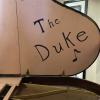 2021.002.006
2021.002.006
